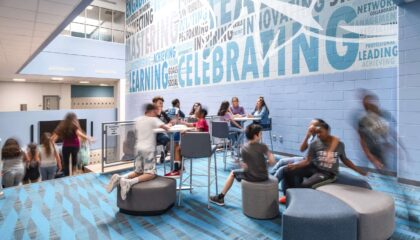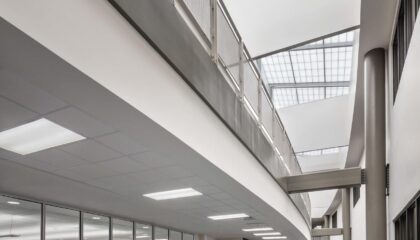Innovation
A New Normal: Trends and Applications for Promoting Wellness
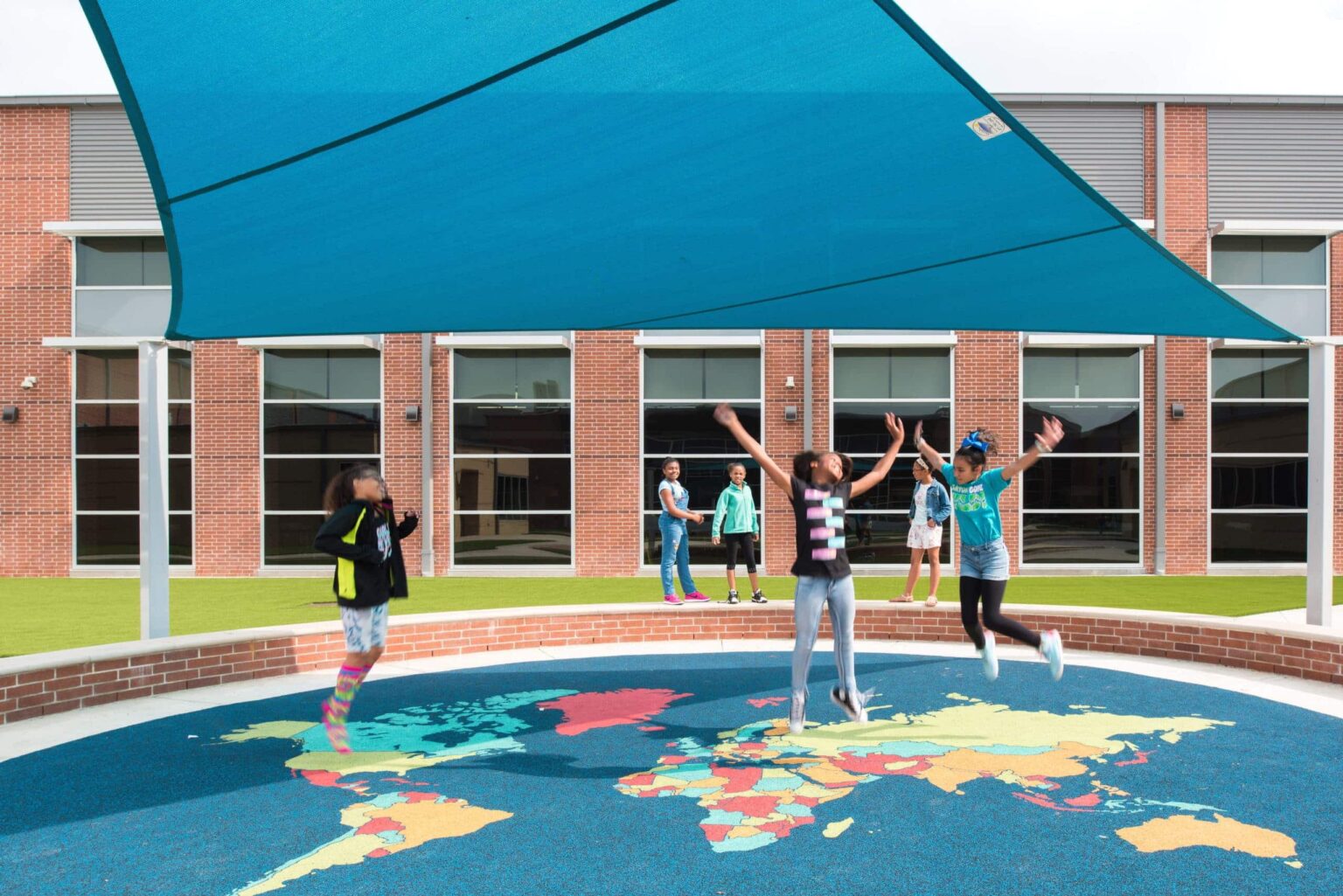
By: Richard Chi, Co-CEO
Modern infrastructure was not properly equipped to respond to the unpredictable onslaught of COVID-19. Nevertheless, educators, administrators and communities have shown incredible resolve in response to the pandemic and continue to adapt to evolving standards, policies and expectations.
We would be remiss to claim a universal solution for reopening schools at this point. However, there are certain steps and considerations that can be implemented to optimize learning environments based on emerging research.
As an organization rooted in the advancement of education, we feel a strong conviction to lend our expertise as a resource to the institutions we serve. Our Wellness Design Task Force has brought forth the following recommendations, originally outlined in the Healthy Schools! whitepaper, for educational leaders to consider implementing in reopening plans for the coming school year:
1. Social Distancing
According to the Center for Disease Control and Prevention (CDC), one of the best ways to prevent illness is to avoid being exposed to disease-causing agents by refraining from coming into close contact (within six feet) of others. The following are recommendations for physical and behavioral modifications, adhering to the CDC’s recommendation to practice social distancing:
- One-Way Circulation – Separate individuals and manage the distance between them by enforcing one-way circulation in corridors and using signage on floors and walls to indicate traffic direction.
- Signage and Displays – Incorporate large signs and displays reminding students and staff to practice social distancing.
- Sink Spacing – Ensure 6 feet of space is maintained between restroom sinks.
- Floor Markers – Show appropriate spacing (6ft) using markers on the floor at serving lines and other areas that hold large crowds.
- Isolation Room – Incorporate an isolation space in the clinic for individuals potentially infected with a communicable disease.
- Taller Partitions – Increase partition height in restrooms to better separate individuals and prevent spread of airborne particles.
- No Lockers – Refrain from incorporating lockers in hallways to avoid students interacting in close proximity.
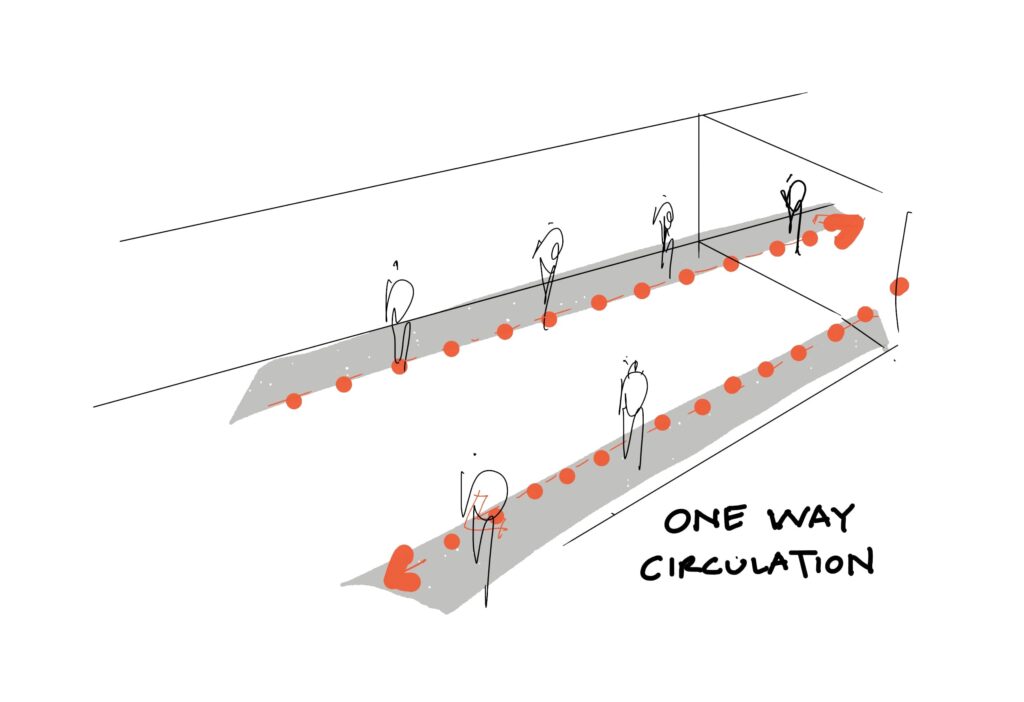
2. Safe Surfaces
Inevitably, surfaces in public spaces are touched by hundreds (if not, thousands) of people each day. The following solutions are recommended for limiting the spread of germs on frequently touched surfaces:
- Sneeze Guards – Incorporate sneeze guards to separate individuals and block the spread of germs.
- Finishes on Handrails – Select finishes with antimicrobial qualities on handrails and other frequently touched surfaces.
- Cleanable Furniture – Utilize furniture that features cleanable and/or nonabsorbent materials and surfaces. Clean and/or wash regularly.
- Foot-pull Door Opener – Install foot-pull door openers to eliminate frequent touching on a common surface.
- Additional Hand-washing Stations – Include hand-washing stations in commons, gymnasia and other areas where large groups congregate.
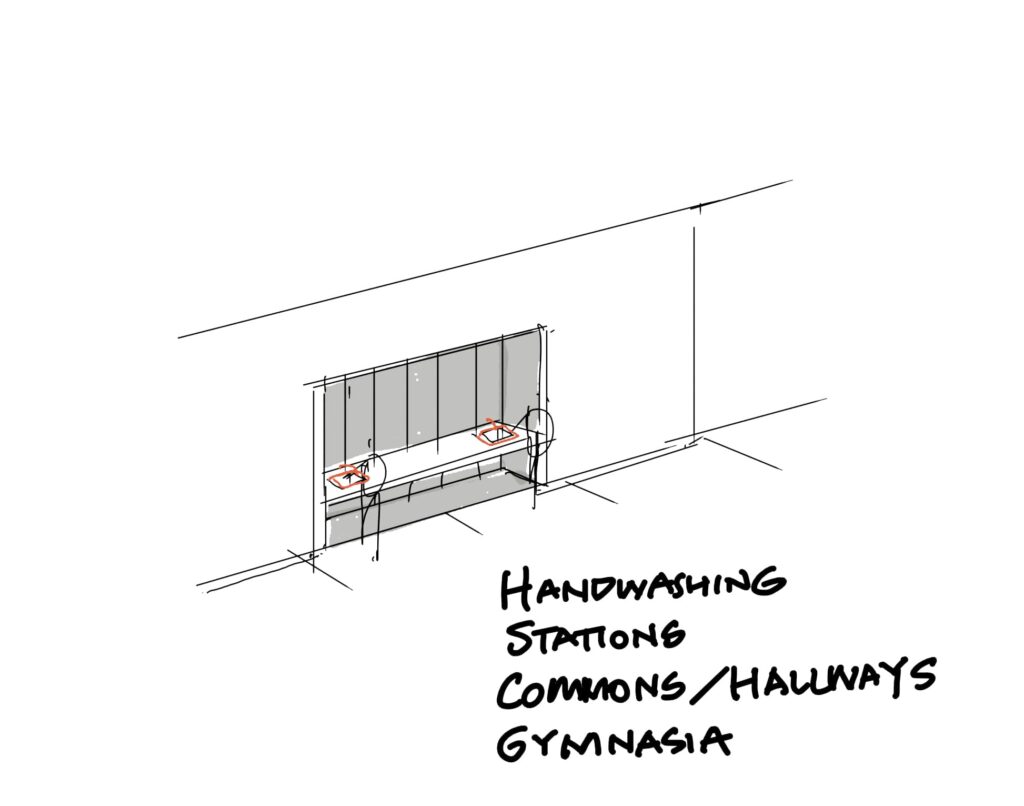
3. Clean Air and Natural Light
When particles that lead to respiratory infections are present, all airborne contaminants may recirculate through the mechanical ventilation systems and spread within the building. Consider implementing measures to remove harmful particles.
- Improve Ventilation – Designs that achieve higher ventilation rates reduce risk; Dedicated units with ducted return lower airborne disease transmission; Increased fresh air quantities lowers CO2 levels in classrooms.
- Interior Greenery – Interior features like green walls and skylit planters can improve indoor air quality by removing harmful substances and replenishing oxygen.
- Outdoor Learning – Provide spaces for outdoor learning and dining, which promote wellness through fresh air and natural disinfecting properties of sunlight.
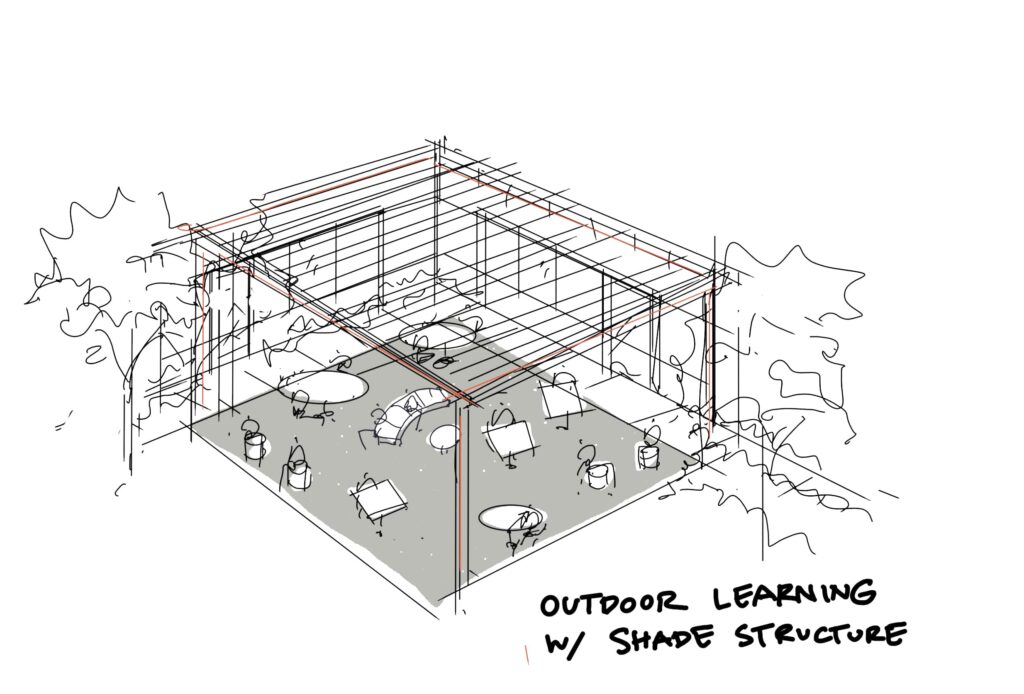
4. Touchless Technology
Use technology that allows hands-free operation and minimizes commonly touched surfaces:
- Touchless Restroom Features – Install touchless faucets, soap dispensers and hand dryers to mitigate the spread of germs on frequently touched surfaces.
- Automated Doors – Add automated doors that do not require touching a handle to open or close.
- Touchless Point of Sale – Use touchless point of sale systems in food service areas.
- Laundry Room and Custodial Space – Include a laundry room for sanitizing washable furniture and other materials. Incorporate square footage for additional custodial space and storage.
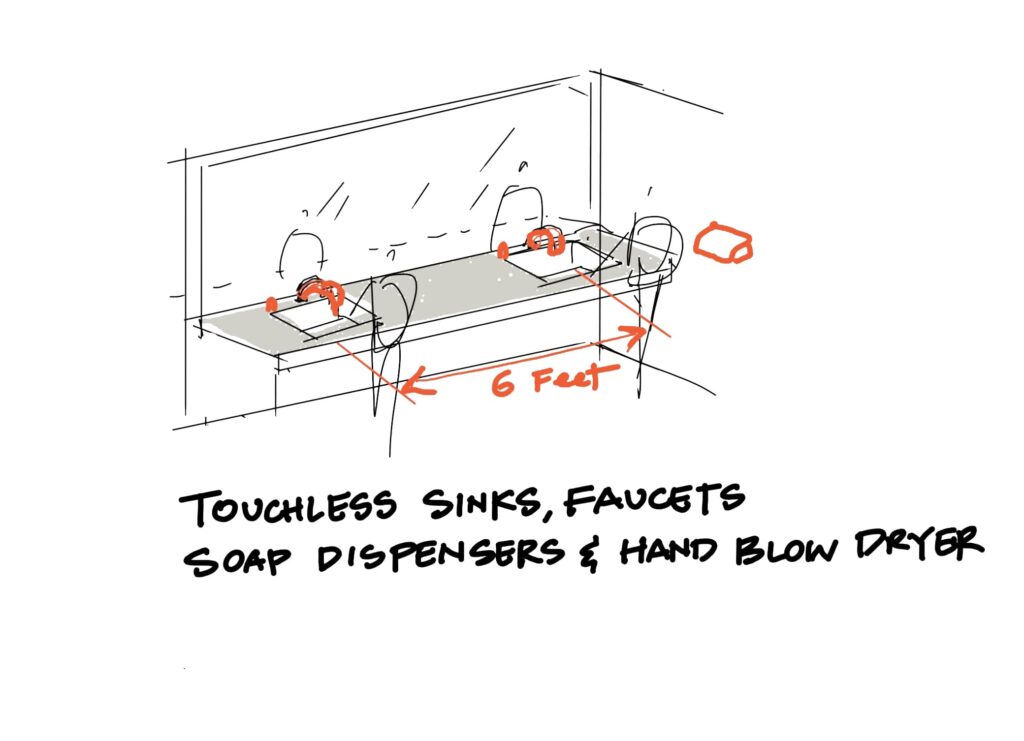
These recommendations are not exhaustive, nor operating under the assumption that research and technology will remain static. Rather, they are based on applications that have proven to be effective thus far. PBK serves as a leader in public education and continues to pursue solutions for the advancement of learning environments.
Additional Insights
-
Innovation
Healthy Schools: Wellness
-
Innovation
Together for Tomorrow: Safety & Security
